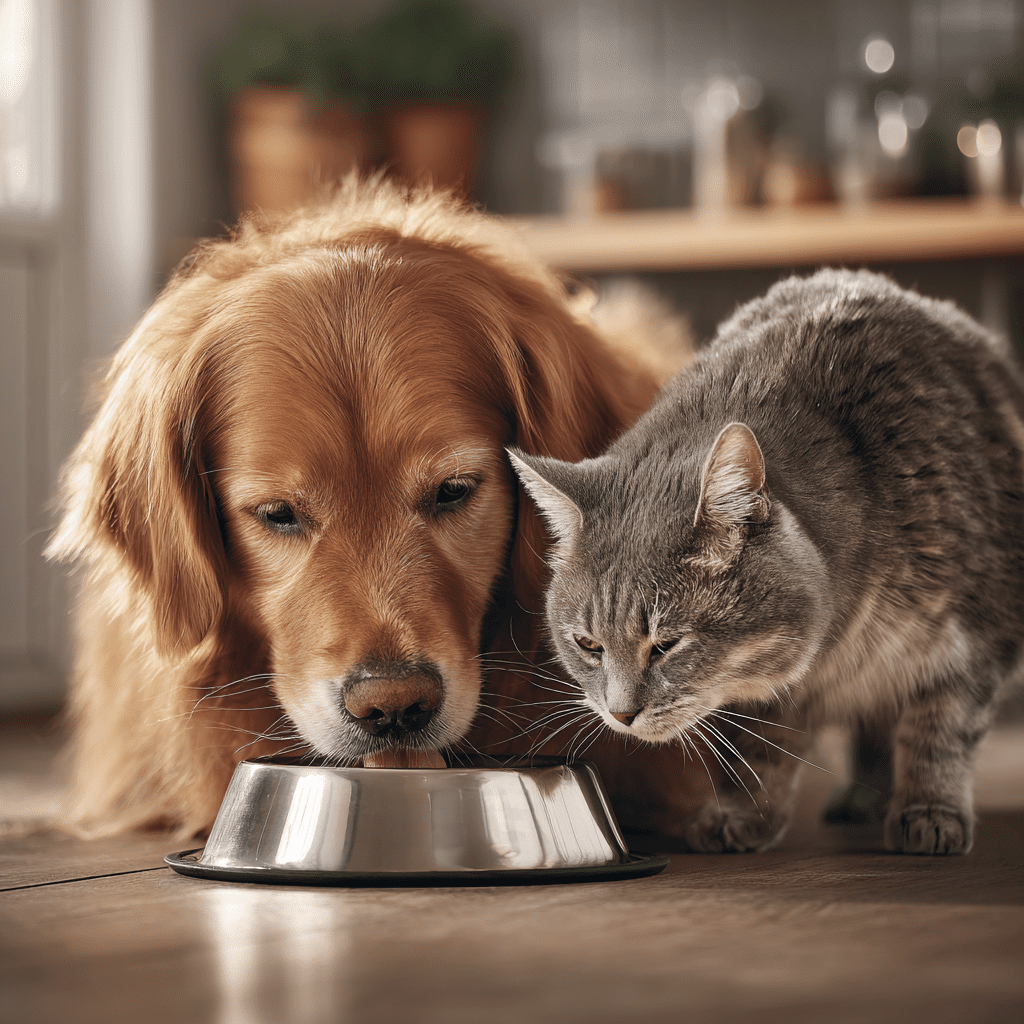Introduction: The Overlooked Key to Pet Health
When we think about keeping our pets healthy, we often focus on food, exercise, and veterinary check-ups. But there’s one aspect of their well-being that’s just as vital — hydration. Just like humans, pets depend on water for nearly every bodily function. Unfortunately, many pet owners underestimate just how important water is for dogs and cats, and dehydration can sneak up quickly.
In this guide, we’ll explore why water is crucial for pets, how to spot dehydration, how much they should drink, and practical tips to ensure your furry friend stays hydrated.
Why Water Is Essential for Pets
Water isn’t just something pets drink to quench thirst — it’s involved in countless essential processes, including:
- Regulating body temperature – Especially important during hot weather or after exercise.
- Aiding digestion – Helps break down food and absorb nutrients.
- Joint lubrication – Essential for smooth movement and mobility.
- Removing toxins – Supports kidney function and waste elimination.
- Maintaining cell health – Every cell in your pet’s body needs water to function properly.
Without enough water, your pet’s body simply can’t operate at its best — and in severe cases, dehydration can be life-threatening.
How Much Water Does Your Pet Need?
The exact amount depends on your pet’s size, diet, activity level, and environment.
- Dogs: Generally need about 1 ounce of water per pound of body weight per day. For example, a 20-pound dog needs around 20 ounces daily.
- Cats: Typically drink less than dogs, especially if they eat wet food, but should still get 3.5–4.5 ounces per 5 pounds of body weight per day.
Important: Pets eating mainly dry food will need more water, while those on wet food diets will get some hydration from their meals.
Signs of Dehydration in Pets
Recognizing dehydration early can prevent serious health issues. Watch for these symptoms:
- Dry gums and nose – Moisture is a sign of proper hydration.
- Lethargy – Your pet seems unusually tired.
- Loss of skin elasticity – Gently pinch the skin; if it doesn’t snap back quickly, your pet may be dehydrated.
- Sunken eyes – A sign of severe dehydration.
- Panting and rapid heartbeat – Especially in dogs.
If you notice these symptoms, contact your vet immediately — dehydration can escalate quickly.
Factors That Increase Water Needs
Certain situations make pets more prone to dehydration:
- Hot weather – Higher temperatures mean increased water loss through panting.
- High activity levels – Active pets lose more water.
- Illness – Vomiting, diarrhea, and fever increase fluid loss.
- Age – Senior pets may need extra encouragement to drink.
Tips to Keep Your Pet Hydrated
1. Provide Fresh, Clean Water at All Times
Change the water daily and ensure bowls are clean. Pets are more likely to drink from fresh water sources.
2. Use the Right Water Bowl
Some pets prefer stainless steel or ceramic bowls over plastic, which can hold odors. Cats often prefer wide, shallow bowls to avoid whisker stress.
3. Add Wet Food to Their Diet
Switching part of your pet’s meals to wet food can significantly increase their water intake.
4. Try a Pet Water Fountain
Flowing water can be more appealing to pets, especially cats, as it mimics natural running water.
5. Flavor the Water
Adding a splash of low-sodium chicken broth or tuna water can encourage picky drinkers.
6. Offer Ice Cubes as Treats
Many pets enjoy licking or chewing ice cubes, which helps boost hydration.
7. Hydration on the Go
When walking or traveling, always bring a portable water bottle and collapsible bowl for your pet.
Special Considerations for Cats

Cats are naturally low-thirst animals, which makes them more prone to dehydration and urinary tract problems. To encourage cats to drink:
- Place multiple water stations around the house.
- Keep bowls away from food dishes and litter boxes.
- Experiment with water fountains.
Hydration in Different Seasons
- Summer: Increase water availability and avoid midday walks in hot weather.
- Winter: Heated homes can cause mild dehydration; keep fresh water available even indoors.
- Travel: Keep bottled water and collapsible bowls handy to prevent dehydration during trips.
When to See a Vet
If your pet refuses water for more than a day, or shows signs of severe dehydration (vomiting, diarrhea, sunken eyes, or collapse), seek veterinary care immediately. Your vet may recommend fluids via injection or IV to rehydrate your pet safely.
Conclusion: Water Is Life for Pets
Keeping your pet hydrated isn’t just a simple daily task — it’s a crucial part of their health and longevity. Fresh, clean water should always be available, and you should be proactive in encouraging your pet to drink enough.
By paying attention to hydration, you’re helping your furry companion stay energized, comfortable, and healthy for years to come.
